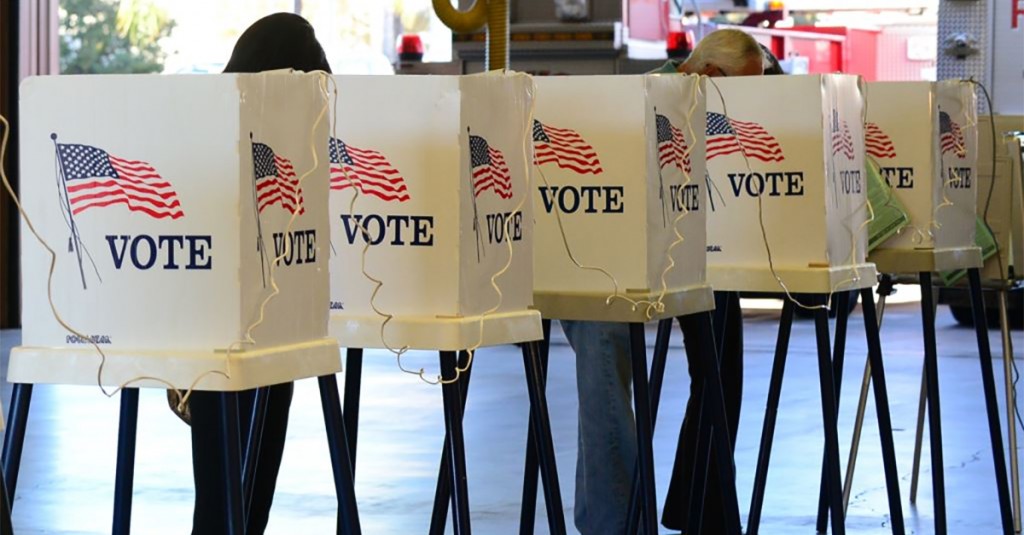Latino Voters Continue To Face Barriers At Polling Places

*”Nearly one in five Latino voters (18 percent) reported being told previously that they could not vote. More than one in four (27 percent) of Latino voters reported experienced waiting in long lines at the polls.” VL
 By Adrian D. Pantoja, Ph.D., Huffington Post Latino Voices (4.5 minute read)
By Adrian D. Pantoja, Ph.D., Huffington Post Latino Voices (4.5 minute read)
As his campaign heads toward defeat, Donald Trump has intensified claims of a rigged and fraudulent election. One of his most outlandish claims is that undocumented immigrants “pour into the country so they can go and vote.” This type of statement has the potential to undermine voters’ faith in the integrity of the electoral process. Trump’s call to monitor polling places adds to worries of voter suppression, as minority voters may face intimidation from “monitors” or have poll workers question their eligibility to vote.
The issue of minority voter suppression has been an ongoing controversy since African Americans were afforded the right to vote in 1870 with the passage of the 15th Amendment. Throughout American history, there have been periods when electoral barriers kept African Americans and other minorities away from the polls and eras in which those barriers were diminished. Today, barriers to voting are on the rise and Trump’s statements are adding to concerns that minority voters could face significant obstacles that prevent them from casting a vote in this presidential election.
Political scientists find that the voting process is not uniform across states and precincts. These differences can have a profound impact on determining whether the process of voting is easy or difficult. For example, states with strict voter ID laws have witnessed a decline in turnout among minority voters. Barriers also include the rolling back of early voting, elimination of same day registration, purging of voter rolls, and changes to absentee and provisional ballot requirements.
Read more NewsTaco stories on Facebook. >>
The quality of precincts can also be an obstacle to voter turnout. A research study by Barreto, Cohen-Marks and Woods found that minority voters were more likely to reside in areas where polling places were not easily accessible or where poll workers were not as knowledgeable on voter rights, which depressed turnout in those areas. In short, there are a myriad ways voting can be suppressed. To what degree have Latino voters been affected by such barriers?
In Week 6 of the Latino electorate tracking poll undertaken by Latino Decisions, the National Association of Latino Elected Officials Education Fund and Noticias Telemundo, we investigate the degree to which Latinos have faced barriers to voting. Specifically, respondents were asked, Thinking over your experience with registering to vote and voting in prior elections, have you ever had any of the following problems/factors/when registering to vote or voting? Respondents were presented with seven potential issues they may have faced. Figure 1 presents the findings.
The most common hurdle reported by 27 percent of respondents is experiencing long wait times at the polls. READ MORE
[Photo courtesy of Blue Nation Review]

